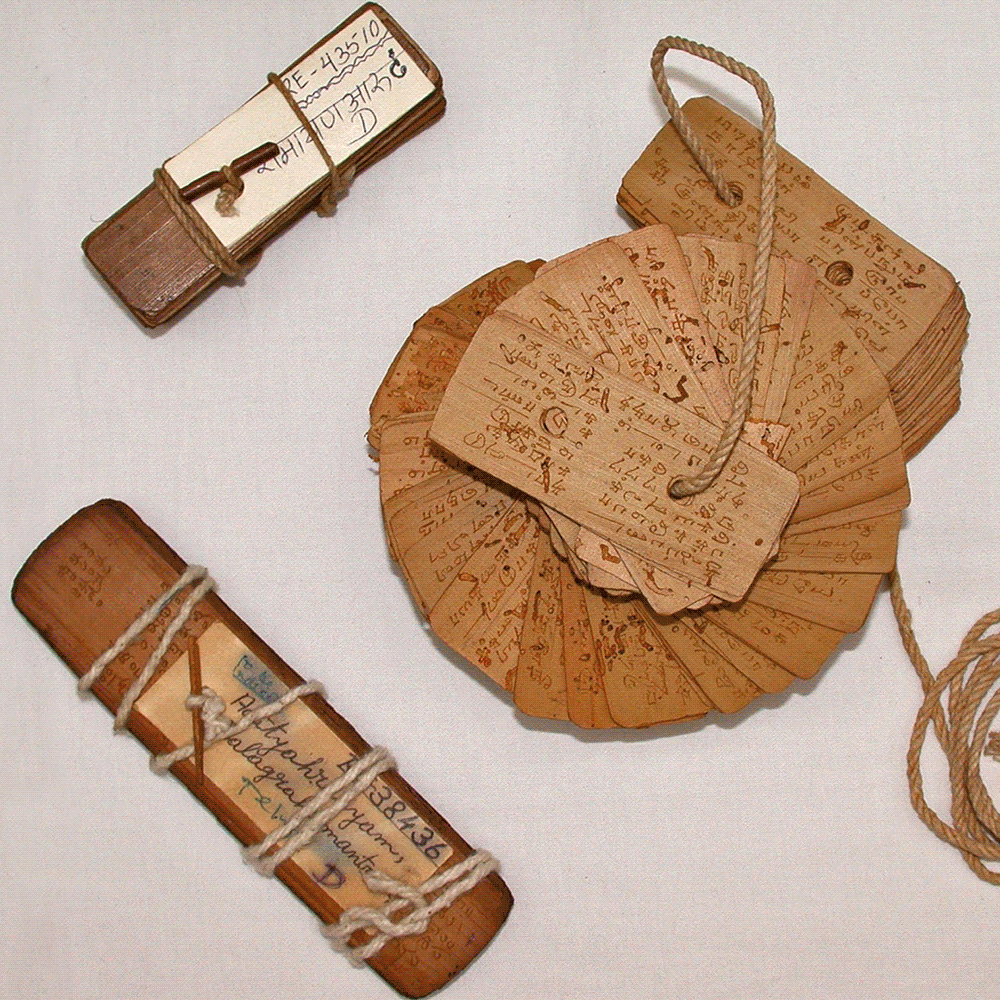On the International Day for Education, 24 January, UNESCO launched a selection of its Memory of the World (MoW) International Register items on the Google Arts and Culture platform.
Users can discover stories from around the world that have shaped humanity's shared past: chronicles of the life and times of Shakespeare, a diary of daily life in ancient Iraq, 40 years of planet Earth in a rainbow of satellite images, the origins of neuroscience, the first country in the world to abolish its army, and many more. They take a variety of forms, ranging from ancient manuscripts to photography to sheet music and stone carvings.
The MoW International Register provides a wealth of ideas for teachers on how to diversify curricula, provide engaging experiences for their students and foster intercultural dialogue.
The MoW page on the Google platform also features a section on “Teaching the Memory of the World”, which includes some of the educational resources that UNESCO recently made available—a children’s book and an e-course for teachers—as well as a lesson plan developed by Google Arts & Culture for secondary school teachers on how to incorporate the MoW Register in their teaching.

On 27 January, UNESCO organized an online round table with Google Arts and Culture to present the project and discuss the educational value of the MoW International Register. Some 290 people attended from all over the world, including archivists, librarians, curators, conservators as well as researchers, teachers, and students.
The Head of Heritage Preservation Team at Google Arts & Culture, Chance Coughenour, and Fackson Banda set the stage for the discussion by providing some context on the partnership between UNESCO and Google. Apart from the MoW International Register, Google Arts & Culture is also featuring over 50 UNESCO World Heritage Sites.
“From a documentary heritage perspective, this is one of the most unique partnerships we have done…it is an amazing opportunity to collaborate with the Memory of the World Programme and make these collections accessible to everyone, everywhere in a new way,” said Chance Coughenour.
The second half of the round table was dedicated to presenting the MoW educational resources: a children's book, an interactive e-calendar and an online course for teachers. Sali Sasaki, author and illustrator, and Luigi Campi, publisher of Editoriale Campi, spoke about the complexity of representing documentary heritage for children. They discussed the importance of communicating the material qualities of the collections as well as connecting them to the real-life experiences of youth. Johan van Zanten, Head of Studio Noord, explained how the e-course for teachers worked and the practical tools it offered them to diversify curricula and enable active learning.
Moving forward, the Memory of the World Programme will promote these educational resources among schools as well as archives, libraries, and museums around the world. It will also facilitate cooperation among local schools and memory institutions. The overall goal is to harness the potential of documentary heritage for global citizenship education and intercultural dialogue.
